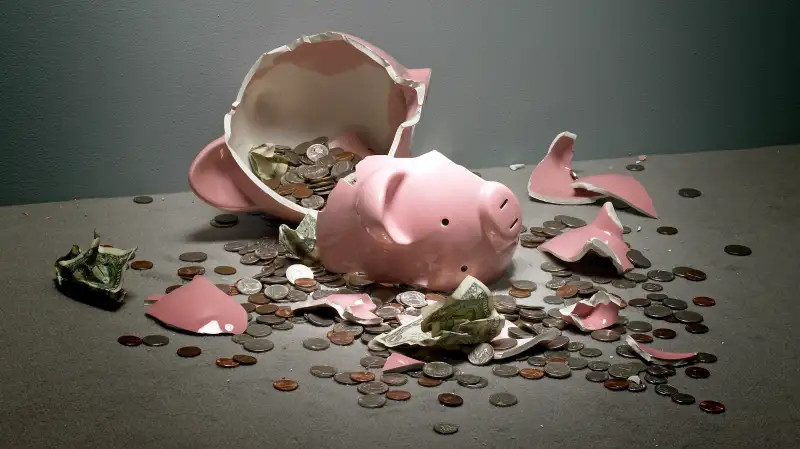Why Americans Keep Treating Their 401(k)s Like Piggy Banks

Consumer borrowing is on the rise again, jumping nearly 10% in July—the biggest gain in three years. The largest loan sources were related to auto financings and credit cards. But since the recession, 401(k) plan loans have been rising as well.
One in four American workers with a 401(k) or other defined contribution plan taps their retirement account for current expenses, according to a report from financial website HelloWallet. Much of this money never gets repaid.
Such borrowing has significant consequences. Loans that go unpaid are subject to penalties and taxes. Penalized 401(k) distributions increased from $36 billion to almost $60 billion from 2004 to 2010. The penalties aren’t even the worst part. Money pulled from a 401(k) plan may result in years of lost growth, leaving you far short of your savings goals.
Roughly a quarter of those who borrow from their plan need the money to pay monthly bills. But a lot of this money is going other places. The most common uses of money from a 401(k) plan, other than monthly expenses, according to a Schwab survey:
- Down payment on a house (23%)
- Home improvement (19%)
- Medical expenses (13%)
- Discretionary purchase (9%)
- Vacation (4%)
- Pay down student loans (2%)
Plan loans are not all bad. They are quick, and you need not win credit approval from a bank or other lender. You must pay yourself back, plus interest. So over a loan period when stocks have fallen you might end up with more savings, not less. And the often-repeated issue of double taxation on money used to repay the loan is overstated. You pay the loan back with after-tax dollars, which are taxed again in retirement. But you’d pay off any type of non-mortgage loan with after-tax money. That's hardly a deal breaker.
The real problem with these loans, and the reason they should not be your first option, has to do with the penalties and lost growth. If you switch employers you may have to repay the loan in full in as little as a month. If you can’t, the loan converts to a distribution subject to a 10% penalty and regular income tax. Meanwhile, many people stop contributing to their 401(k) plan during the repayment period, losing out on years of contributions and growth, notes Catherine Golladay, vice president of 401(k) Participant Services at Schwab.
New York Life found that the average contribution rate for a worker who takes out a loan from their 401(k) is 5.63%, compared with 7.23% for workers without loans, and that two-thirds of workers with a loan who leave their employer take a cash distribution from their plan rather than pay back the loan.
For these reasons, retirement experts have been pushing for 401(k) loan reform, among other things giving those who lose their job more time and incentive to repay the loan. But for now the risks remain and, certainly, borrowing from a plan to pay for a vacation or other discretionary item is probably a poor decision.
Get answers to you 401(k) questions in Money's Ultimate Retirement Guide:
What If I Need My 401(k) Money Before I Retire?
What Happens to My 401(k) If I Leave My Job?
When Do I Have to Take the Money Out of My 401(k)?
